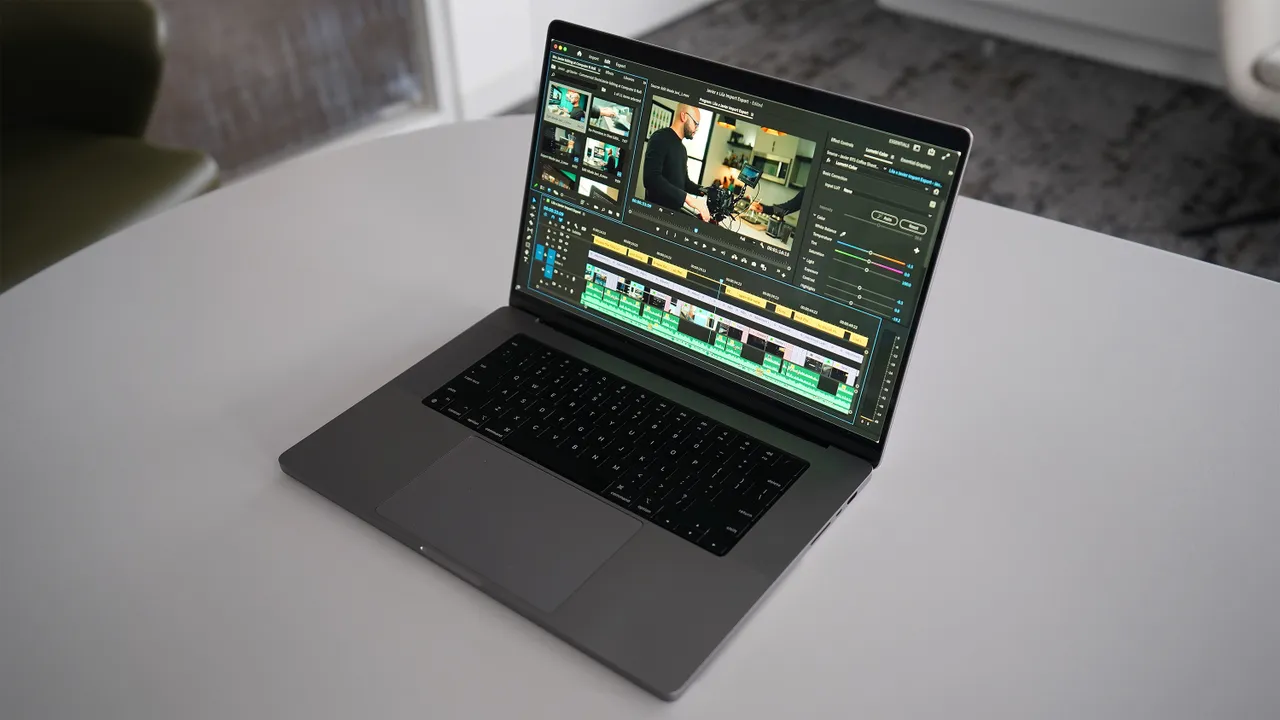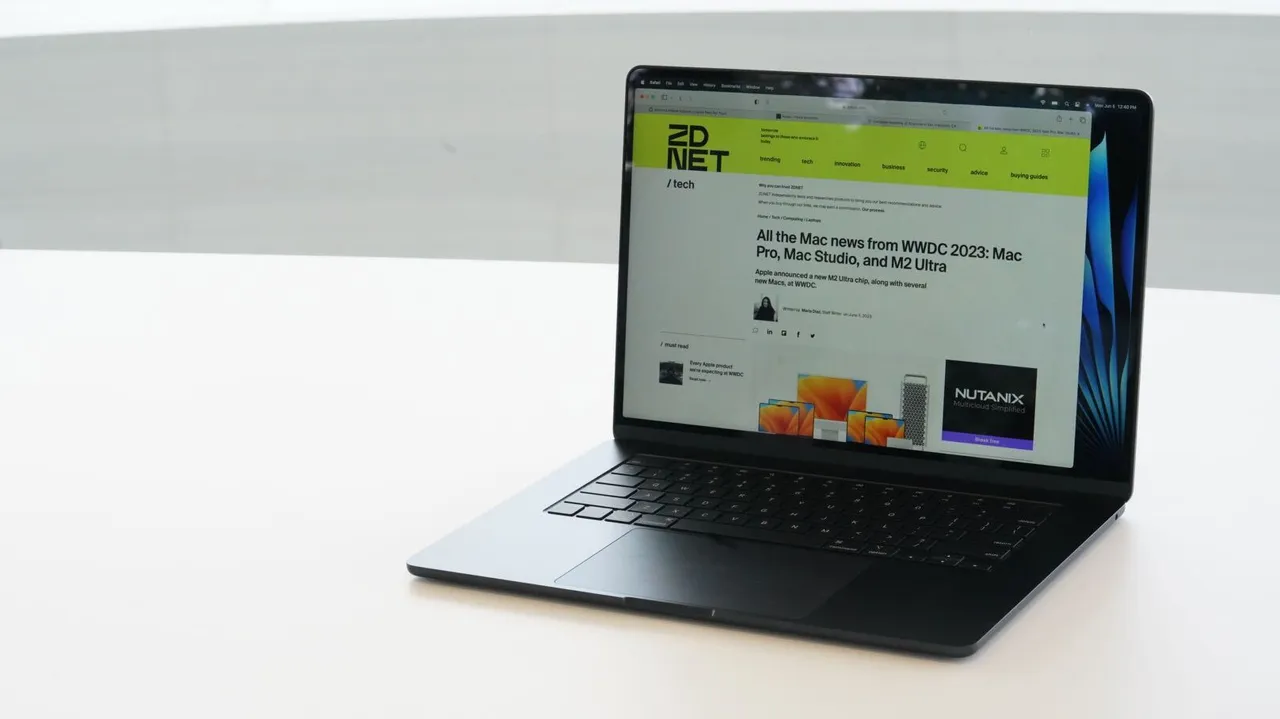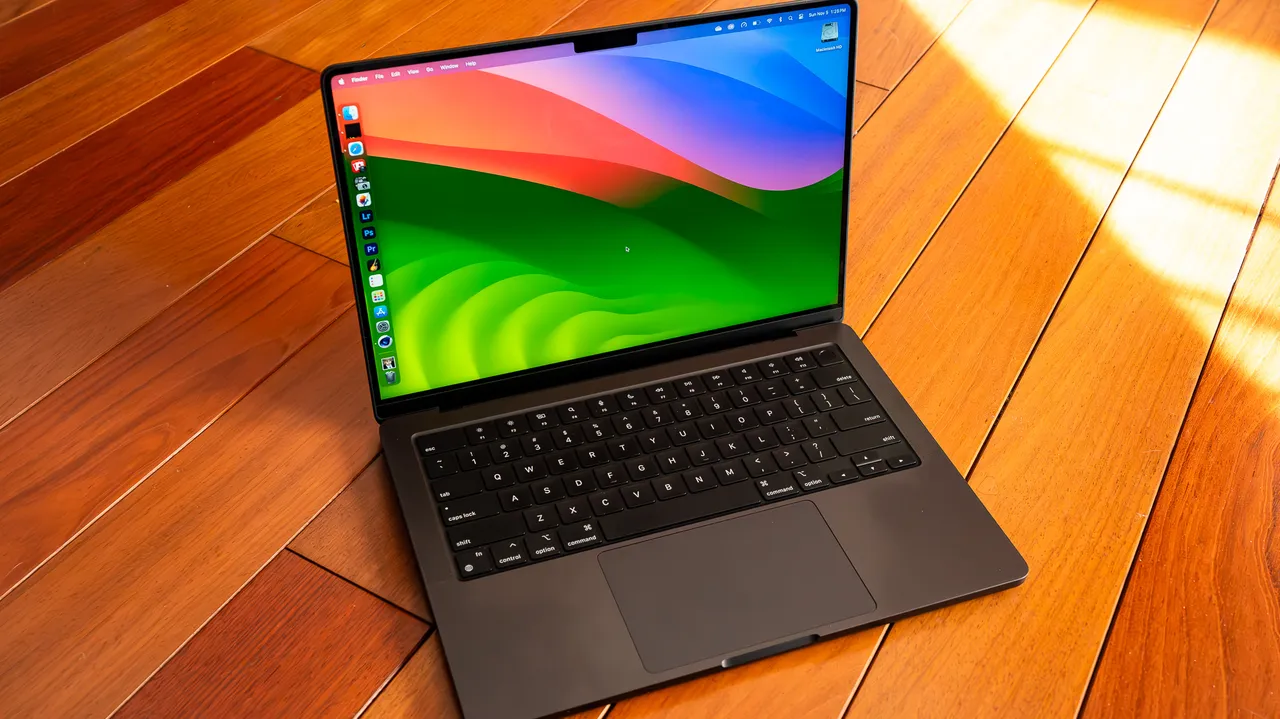If you’re contemplating purchasing a new MacBook, the decision between a MacBook Pro and a MacBook Air might seem daunting. With Apple introducing five MacBook configurations and retiring three models within a single year, the array of options can be overwhelming. When selecting a MacBook, factors such as display size, storage capacity, processing power, and price play crucial roles in making an informed decision.

Distinguishing Between MacBook Pro and MacBook Air
The primary disparities between the MacBook Pro and MacBook Air lie in pricing and computing capabilities. While the MacBook Pro tends to be pricier than the MacBook Air, it offers superior performance owing to enhanced internal components. The latest MacBook Pro models feature Apple’s M3 chips, which boast advanced processing power, longer battery life, and additional ports compared to their Air counterparts.
The MacBook Pro lineup comprises 14-inch and 16-inch variants, both equipped with M3 chips designed to deliver heightened efficiency and performance. These models offer unified memory, extended battery life, and enhanced GPU and CPU capabilities, making them ideal for demanding tasks such as video editing, 3D rendering, and music production.
On the other hand, the MacBook Air is characterized by its sleek and lightweight design, attributed to fewer internal hardware components. Equipped with Apple’s base M2 chip, the MacBook Air prioritizes portability and affordability while still offering commendable performance for everyday tasks. However, it lacks certain features found in the MacBook Pro, such as HDMI ports and SD card slots.

Selecting the Right MacBook Model
The decision between a MacBook Pro and MacBook Air hinges on individual usage preferences, display preferences, and budget considerations. Professionals requiring robust graphics processing capabilities, such as graphic designers, photographers, and videographers, would benefit from investing in a MacBook Pro. The Pro models excel in handling intensive tasks without compromising on performance or efficiency.
Conversely, individuals seeking a lightweight and budget-friendly option for everyday computing tasks, such as browsing the internet, watching videos, or working with office applications, may find the MacBook Air more suitable. Its compact design and competitive pricing make it an attractive choice for students or casual users prioritizing convenience and affordability.

Integration with the Apple Ecosystem
Regardless of the chosen model, a MacBook serves as a seamless extension of the Apple ecosystem, offering compatibility with other Apple devices and services. Features like Handoff facilitate effortless communication between MacBook and iPhone, allowing users to seamlessly transition between devices for tasks like FaceTime calls and accessing shared files.
In conclusion, whether opting for the power-packed MacBook Pro or the lightweight MacBook Air, users can expect a reliable computing experience tailored to their specific needs and preferences. By carefully evaluating usage requirements and considering factors like display size, processing power, and budget constraints, individuals can make a well-informed decision to enhance their productivity and workflow efficiency.